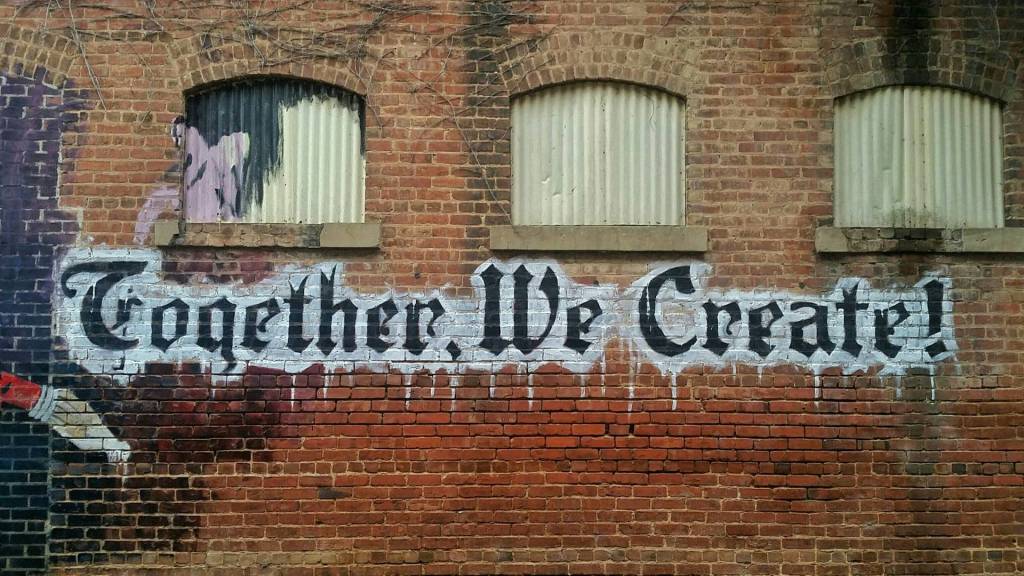I’ve faced a couple of career changes in my years, after fully vesting myself in my previous job, company, and position. The changeover has been difficult at times, as I had gotten to know a lot of people in that previous industry, and set myself up as an authority on my particular company’s product or service. It was especially difficult as I had to start over with a new company and a new industry, and finding that no one knew who I was.
If you ever find yourself in that situation, I’ll admit you’re facing a tough uphill battle. But it’s not impossible. Here are three things you can do to change your personal brand when the direction of what you do shifts. (Special thanks to @danalbyers for this question.)
1. Connect with industry people online.
It’s important that people know who you are right away, so it helps if you can start communicating with them in the places where they are already found. Add your new colleagues to your Twitter network. Join and participate in any LinkedIn groups. And if there is an industry trade association or social network, join it. Ask questions, introduce yourself to people, and make yourself known. Be sure to change your different social bios to reflect your new direction or position, so your new industry colleagues know why you’re connecting with them.
2. Start a blog about your industry or position.
I’m still a firm believer in the “see one, do one, teach one” method of learning. As you learn how to do something in your new position, try it out yourself, and then teach other people to do it. A great way to teach people is through a blog. Start one that discusses the trials and tribulations of your new position, and what you’re trying to accomplish. Don’t try to be an expert right off the bat though, because people will see right through you. Accept the badge of newbie and wear it proudly. Let readers go on your journey of learning with you.
3. Meet with other people in your industry.
I’m a big proponent of face-to-face networking. It’s one thing to meet these people online, but it’s another to sit down with them and actually speak to them. As you move in your new direction or start your new position, you’re going to need mentors and teachers. And the people who are in your same area are going to be your best choices. Arrange to have some one-on-one time with a couple people every week, and ask them about their experiences and what they recommend you do as you start your new direction.
Building your personal brand is always going to take a while, whether you’re just starting out on your career ladder, or if you’ve switched ladders in mid-climb. However, the nice thing about changing direction when you’ve already been traveling is that, chances are, you’re not doing something completely different in a completely different world. Old contacts and old networks will still be valuable, although maybe not to the degree they were before the change.
Look at this new direction as a new opportunity to enhance what you’ve already got, rather than replacing what you’ve lost. By connecting with people online, face-to-face, and then sharing your knowledge with your industry, you can begin to rebuild your personal brand to the levels it was before you changed directions.
Author:
Erik Deckers is the owner of Professional Blog Service, and the co-author of Branding Yourself: How to Use Social Media to Invent or Reinvent Yourself. His new book, No Bullshit Social Media: The All-Business, No-Hype Guide to Social Media Marketing, which he wrote with Jason Falls, is in bookstores and on Amazon now.













